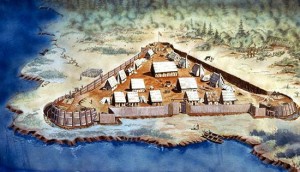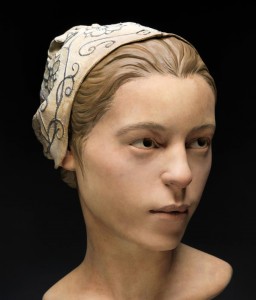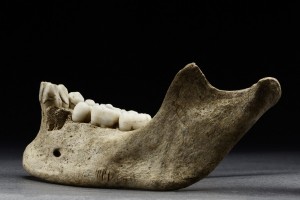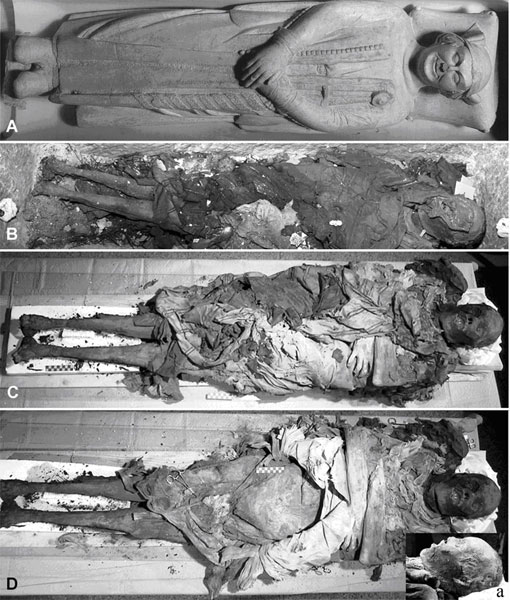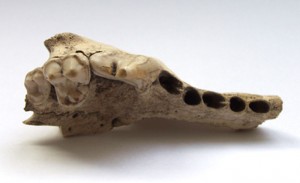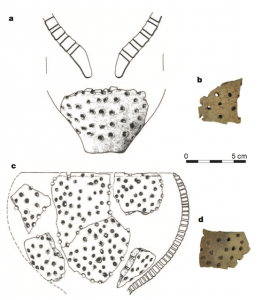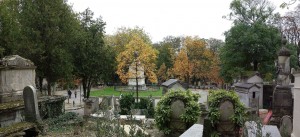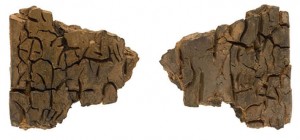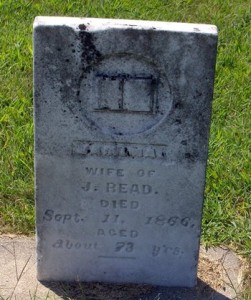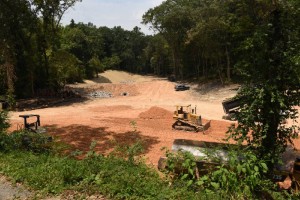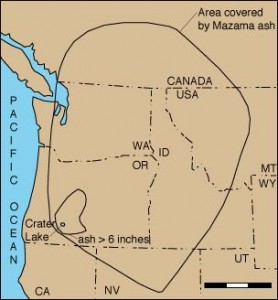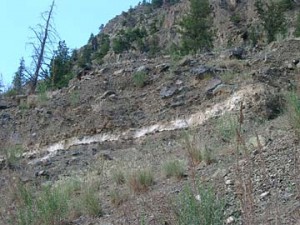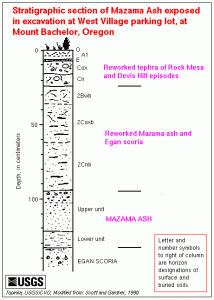Understanding the environment is an essential aspect of an archaeologist’s job to understand the context in which societies formed and lived and artifacts are found. More specifically, trees can serve as valuable records that describe the climate of an area over the period of hundreds or thousands of years. Researchers in Southern Africa are using the analysis of radiocarbon dating and tree rings in Baobab trees to interpret how the climate has changed in Southern Africa over the past thousand years, and to use these interpretations to try to form ideas about the societies that developed in these areas.

A Baobab tree in northeastern South Africa
Since tree growth is dependant upon the environment, it can be a good indicator of the climate at a specific time. Tree growth is a complex process, but temperature and soil moisture are the leading factors contributing to tree growth, thus tree growth can tell us a lot about the temperature and soil moisture of an area at a specific time period, among other things.
Radiocarbon dating is a common process of evaluating the age of a tree, and radiocarbon samples can also be taken from a tree and can be used to determine such things as the moisture and temperature of tree cellulose at a given time period. Radiocarbon dating works by measuring the amount of carbon-14 in an object relative to other carbon isotopes in the object and measuring the amount it has decayed over time.
Tree rings can also usually be used to determine the age of tree, and act as a record of the quality of the tree’s health throughout its lifespan. Tree ring growth varies with the climate, and thus it can be strong in the spring or weak in the winter and used to determine differences in tree health and of the wider climate’s condition at specific time spans.
Researchers analysed the Baobab trees from Northeastern South Africa for the amount of waterfall in the region and included the timeframe of the Kingdom of Mapungubwe in the period of time they studied. The group of researchers from Britain, Romania, and South Africa determined that, “The wettest period was AD1075 or [1075CE] in the Medieval Warm Period, and the driest periods were AD1635, AD1695 and AD1805 during the Little Ice Age.”1

A map of Limpop-Shashe Basin
The data collected can also be used to try to better understand the region at the time the first Bantu-speaking farmers settled the land. Better understanding the environment in which these farmers developed their land can be valuable knowledge in determining the political and economic systems of the area, of which were based upon the success of agriculture to allow for specialization at the time.2
Recognizing the importance of evaluating the environment in interpreting the context in which people lived and artifacts are found can help better fathom our perceptions of an area at a specific time. The analysis of radiocarbon dating and the use of tree rings are important tools that researchers can use in their experiments, and this reality is manifested in the importance researchers placed on their analysis of Baobab trees to understand how the climate changed – and how people might have adapted to its change – in the South Africa.
References:
1,2: http://mg.co.za/article/2015-05-28-silent-giants-unlock-story-of-climate-change
Picture 1: http://media-cdn.tripadvisor.com/media/photo-s/01/77/88/b6/african-baobab-tree.jpg
Picture 2: http://www.sanparks.org/images/conservation/transfrontier/lstfca_combined.png
Further Reading:
http://www.economist.com/blogs/baobab/2010/07/why_baobab
https://www.sciencenews.org/blog/wild-things/huge-hollow-baobab-trees-are-actually-multiple-fused-stems



